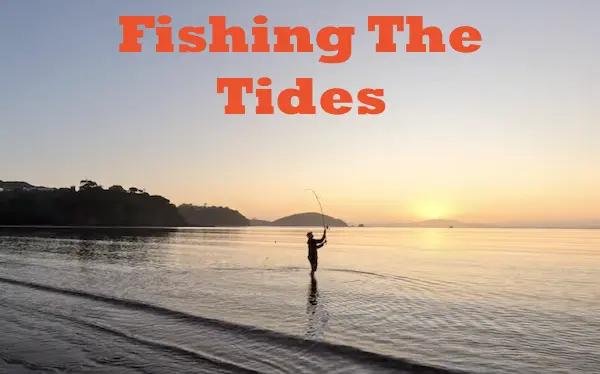Introduction
The perpetual tug of war between the Earth and the moon, resulting in the ebb and flow of tides, greatly influences the marine ecosystem. This includes affecting the behaviour and distribution of marine species like snapper and shaping global fishing practices. Understanding how tides impact fishing can maximize your catch and enhance your overall fishing experience.

Tides and the Fishing Ecosystem
Tides are caused by the gravitational forces of the Moon and Sun and Earth's rotation. They instigate numerous biological activities within the marine ecosystem, establishing patterns affecting fish distribution and availability. Fish, such as snapper, are highly responsive to their environment, with changes in pressure, temperature, light, and food availability affecting their behaviour. Tides impact all these variables, leading to modifications in feeding patterns, spawning times, and migration.
Influence on Fish Behavior
The incoming or high tide brings in cooler, nutrient-rich water from the deep sea, stimulating the food chain. Plankton, small crustaceans, and other microorganisms proliferate, attracting baitfish and smaller fish, which then lure in larger predatory species like snapper. Similarly, the outgoing or low tide can create lucrative fishing opportunities. As the tide recedes, it leaves behind tidal pools and exposes structures like reefs and sandbars, where fish congregate.
Tides and Fishing Strategies
Understanding tides and adjusting your strategies accordingly can lead to a successful fishing expedition. Here are some practical tips for fishing during different tidal conditions:
- Incoming Tide: Fish often venture closer to the shore during the high tide to feed on organisms that are less accessible during low tide. Fish near estuaries and inlets where the incoming tide brings in nutrient-rich water, attracting a variety of fish species, including snapper.
- Outgoing Tide: As the tide recedes, areas around structures and tidal pools may offer better fishing opportunities. Fish, including snapper, tend to congregate around these structures, using them as hunting grounds. Be prepared to cast your line around these areas during this period.
- Slack Tide: This is the brief period between high and low tides when the water is most calm. Some species of fish feed more actively during slack tide, while others may be harder to catch. Adapt your strategy based on the specific behaviour of the fish you're targeting.
- Safety Measures: Always remember that tides can create strong currents, especially in narrow channels, around islands, and along shorelines. Be cautious and aware of these changes to avoid accidents.
Sustainability Considerations
The intertidal zone, the area between the high and low tide marks, is a thriving ecosystem. Overfishing or harmful fishing methods can damage these environments. By understanding how tides influence fish behaviours, we can employ more sustainable fishing practices, ensuring these vital ecosystems continue to thrive.
Conclusion
Understanding the ebb and flow of tides is integral to the rhythms of the ocean, affecting the complex web of life within the marine ecosystem. Comprehending how tides influence fishing, including their effect on species like snapper, can enhance your fishing experience and success, promote safety, and contribute to the sustainability of our oceans.
Further Reading and Resources
To delve deeper into the fascinating interplay of tides and fishing, consider the following resources:
1. Fishingreminder: We predict the best fishing times, taking into account the tidal, solunar, and weather data. Our website is user-friendly and is a handy tool for both novice and seasoned anglers.
2. Books like "The Complete Guide to Surfcasting" by Joe Cerme

No comments yet. Be the first to comment!